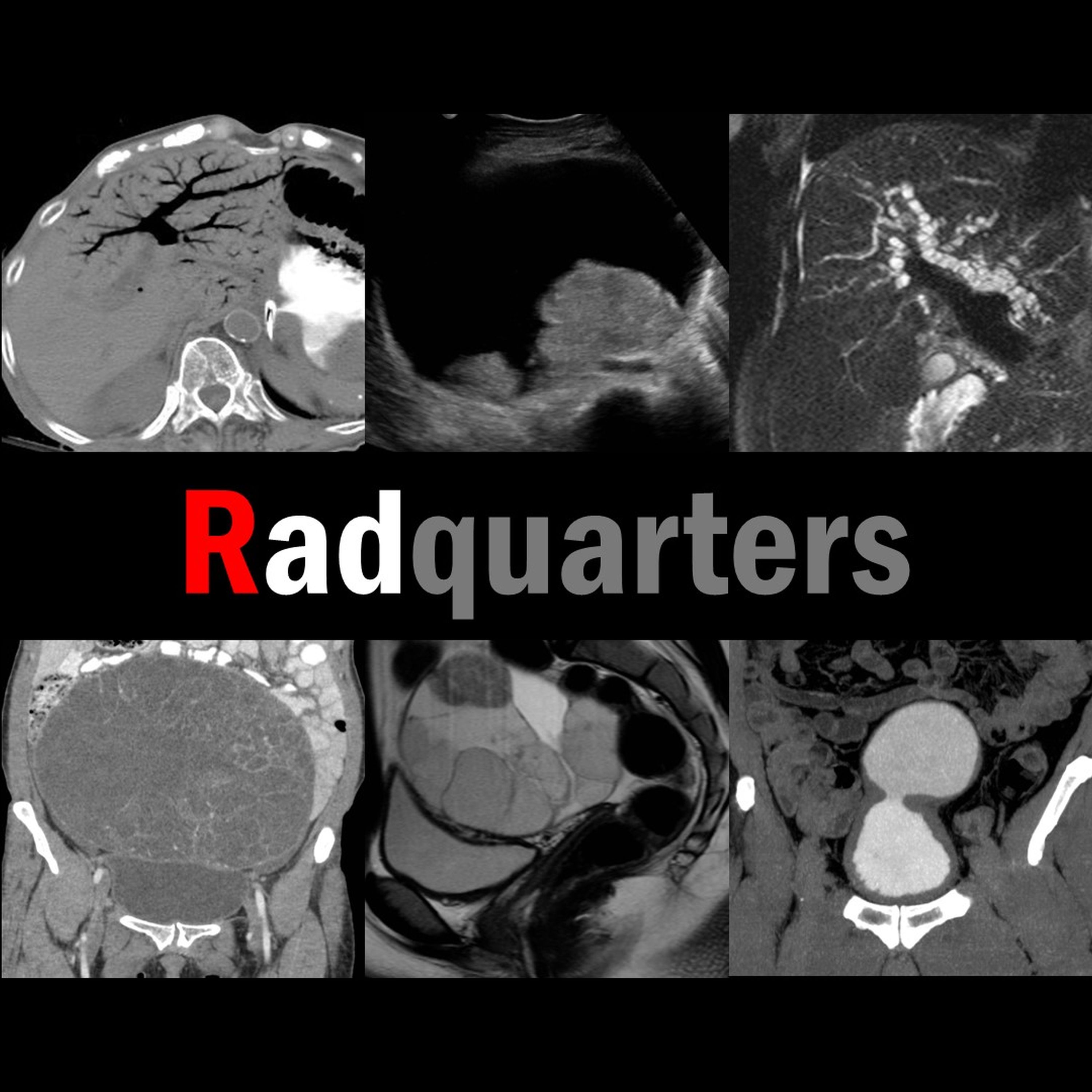Case Review: Ultrasound of Pleomorphic Adenoma of the Parotid Gland
Description
In this radiology lecture, we review the ultrasound appearance of pleomorphic adenoma of the parotid gland!
Key teaching points include:
* Pleomorphic adenoma AKA benign mixed tumor.
* Most common salivary gland tumor, most common benign salivary gland tumor, and most common in the parotid gland.
* Most common in patients aged 40-50, slightly more common in females.
* For salivary gland masses in adults, the larger the gland, the more likely the tumor is benign: Parotid gland: 80%, submandibular gland: 50%, sublingual glands: 20%.
* Parotid Gland 80% Rule: 80% of all salivary tumors are in the parotid, 80% of benign parotid gland tumors are pleomorphic adenomas, 80% of pleomorphic adenomas occur in the parotid gland, 80% of pleomorphic adenomas occur in the superficial lobe, and 80% of untreated pleomorphic adenomas stay benign, but 20% can undergo malignant degeneration.
* On ultrasound, appears as a well-defined mass with lobulated borders, hypoechoic with posterior acoustic enhancement, and with homogeneity of internal echoes common.
* When large, may have cystic degeneration and internal heterogeneity mimicking malignancy.
* Vascularity is variable.
* Describe lesion location, image-guided biopsy planning, evaluate for cervical lymphadenopathy.
* Superficial and deep parotid lobes divided by facial nerve traveling through gland. Nerve not readily seen, but passes just superficial to adjacent retromandibular vein, which can be seen = Use as a landmark. Inferior to the retromandibular vein, may see branches of the external carotid artery.
* Treatment is typically excision due to risk of malignant degeneration carcinoma ex pleomorphic adenoma if not completely excised.
* DDx includes Warthin tumor: Second most common benign parotid tumor, bilateral in 20%, often exhibit cystic components, most common in elderly.
* Malignant parotid tumors are also in the DDx and may appear with ill-defined margins, irregular shape, heterogeneous internal architecture, extraglandular extension, and adjacent lymphadenopathy.
* Mucoepidermoid carcinoma: Most common salivary gland malignancy, most common in parotid gland.
* Adenoid cystic carcinoma: Second most common parotid malignancy, but most common submandibular and minor salivary gland malignancy.
* Higher risk of perineural spread: Patients may present with facial pain and facial nerve paralysis.
To learn more about the Samsung RS85 Prestige ultrasound system, please visit: https://www.bostonimaging.com/rs85-prestige-ultrasound-system-4
Click the YouTube Community tab or follow on social media for bonus teaching material posted throughout the week!
Spotify: https://bit.ly/spotify-rhq
Instagram: https://www.instagram.com/radiologistHQ/
Facebook: https://www.facebook.com/radiologistHeadQuarters/
Twitter: https://twitter.com/radiologistHQ
Reddit: https://www.reddit.com/user/radiologistHQ/
More Episodes
In this radiology lecture, we review the ultrasound appearance of parathyroid adenoma!
Key teaching points include:
* Benign tumor of the parathyroid glands
* Most common cause of primary hyperparathyroidism: Elevated serum calcium and parathyroid hormone (PTH) levels
* Ultrasound: Solid,...
Published 04/04/24
Published 04/04/24
In this radiology lecture, we review the ultrasound appearance of parotitis in the pediatric population!
Key teaching points include:
* Parotitis = Inflammation of the parotid glands
* Acute parotitis is usually infectious, most commonly viral
* Mumps is most common viral cause in children,...
Published 03/07/24


